Wheel Balancing
- Nils Willner

- Aug 25, 2022
- 3 min read
Balancing weights are crucial to the car and its wheels. Without them, your tyres would vibrate excessively and build up dangerous resonance loops which could potentially destroy the suspension and other parts of the car. You'd get vibrations and shaking at low and high speeds. In the worst case, you'll get a dangerous "death wobble" which is when the steering wheel components cause your steering wheel to move rapidly from side to side. This feels as if the car falls apart at any time and causes you to hold onto the steering wheel for dear life. Balancing weights are installed on wheels to correct small imbalances.
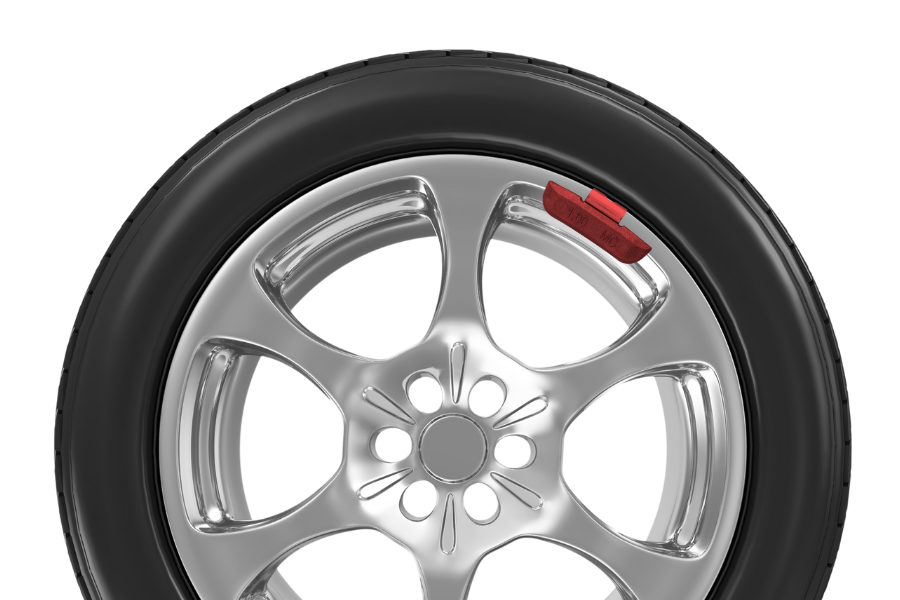
Balancing Weights
The weights are made from zinc and are divided into 5 - 50 grams pieces. They come in all kinds of forms but most common are the ones that have a clamp and are hammered onto the rim of the wheel or the ones that have adhesive tape on the back and are clued inside the wheel.
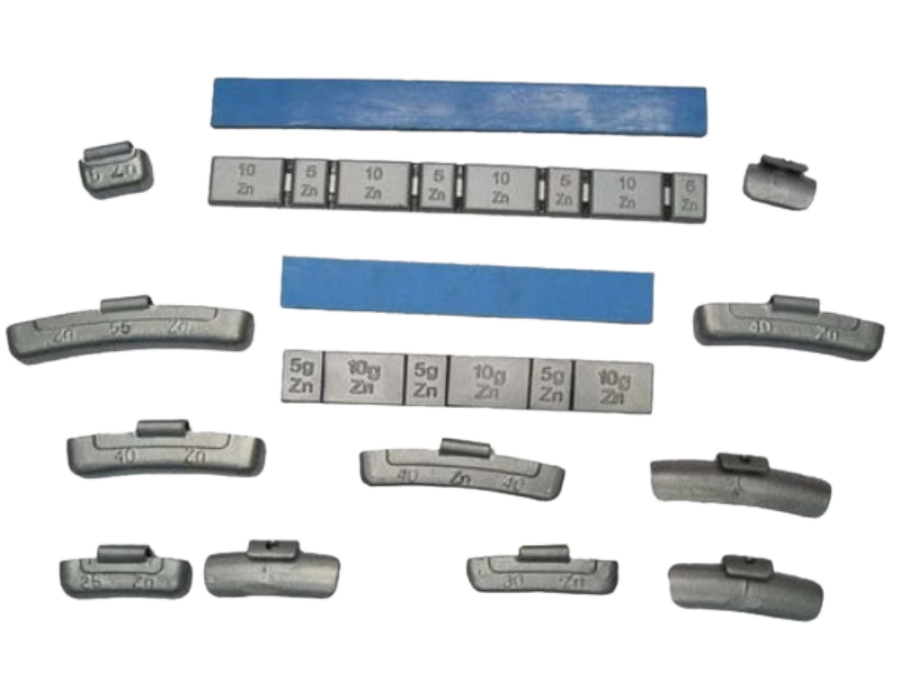
Wheel Balancing Machine
Car garages use wheel balancing machines to determine the right location of the zinc weights. This needs to be done every time a new tyre is fitted onto a steel, aluminium or magnesium rim. More professional machines use a road force balancing technique that features an additional roller that simulates the exerted forces and the pavement.
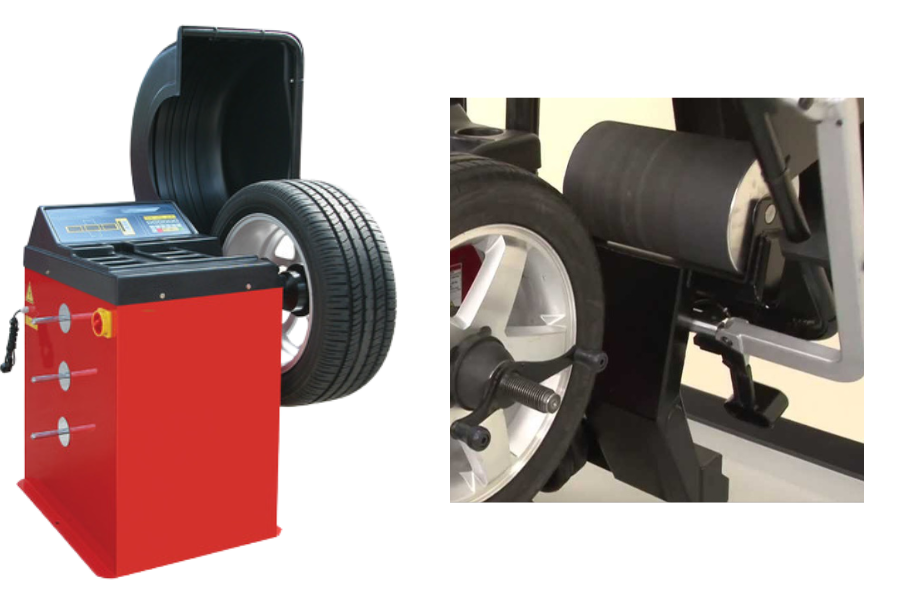
The balancing machine determines the location of the weight and the mechanic then fits them onto the rims. The clip weights are traditionally used on steel rims while the adhesive weights are applied on cast and forged rims. The flat adhesive weights are a little less noticeable because they are hidden inside the wheel. The clip weights are more obvious and disturbing because they stick out on the front side of the wheel.
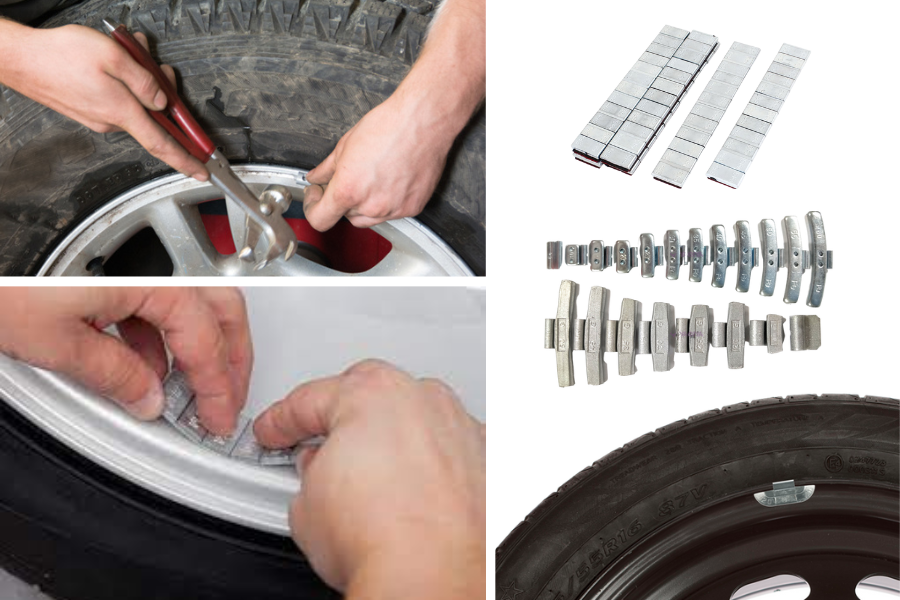
Stacking Weights
When you see that the garage has stacked adhesive balancing weights on top of each other, you should complain and ask to get them rebalanced correctly again. Stacking weights is lazy and shows that the mechanic didn't bother with taking down the tyre again and fitting it in a different position. If the wheel can't be balanced without stacking or excessive weights, there is a structural problem with the tyre or rim, and it's probably not safe anymore.
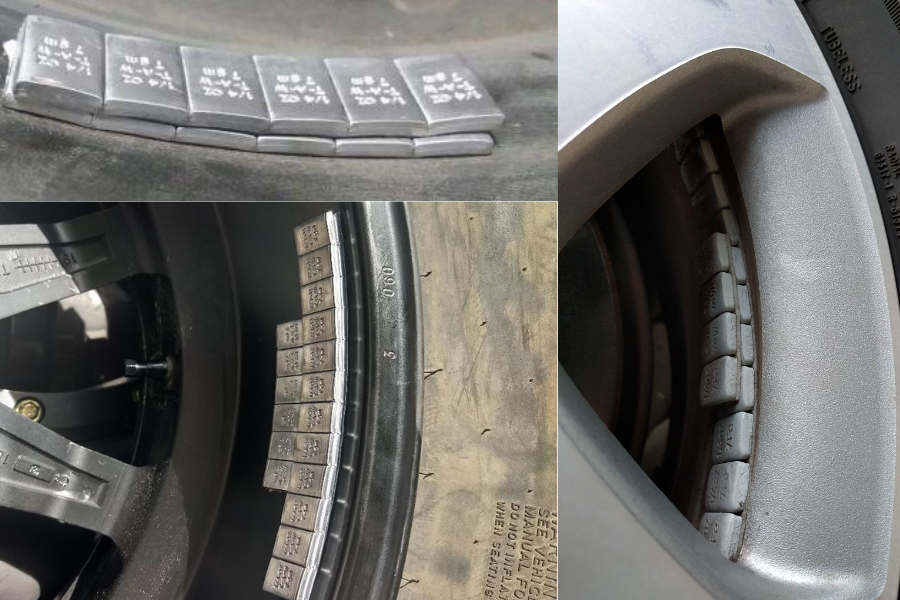
Balancing Methods
There are two basic methods of wheel balancing which are called "Static" and "Dynamic" balance.
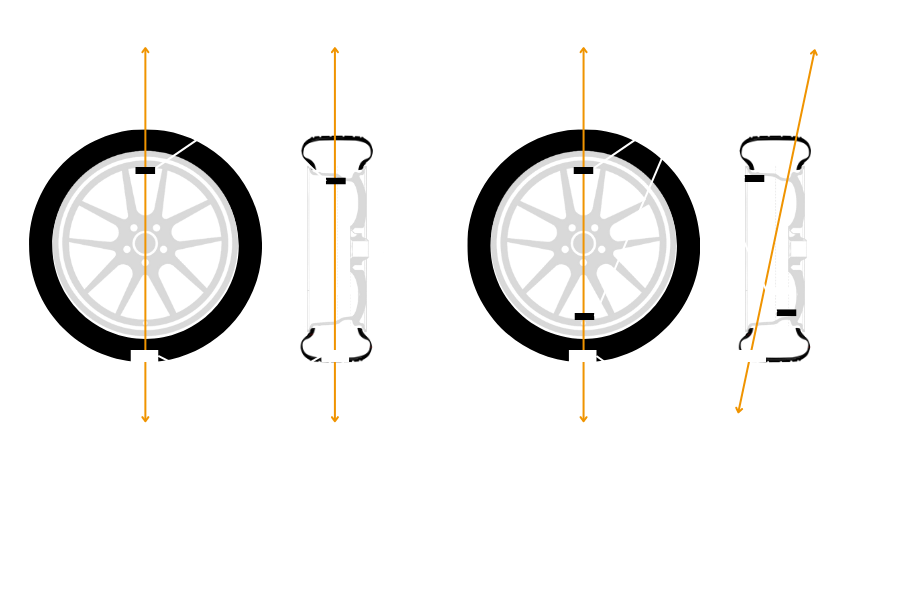
Static balancing only takes the Y-axis into consideration, while dynamic balancing measures the imbalance in the X, Y and Z-axis. You can spot if a wheel has been statically or dynamically balanced by the location of the weights. With static balancing, the weights are placed in the middle of the rim bed. The dynamic method places them in the exact location where they are needed.

If you want to learn more about classic car maintenance and repairs as well as tips and trick, consider the book "The Ultimate Classic Car Guide". It will give you everything to take care of your own classic car without having expensive garage bills.

Nils Willner
Nils is a Swiss-German engineer who is obsessed with old cars and engines. He is the author of "The Ultimate Classic Car Guide - How to Buy, Maintain & Repair Classic Cars" and the founder of EVC. His passion has always been with old cars and everything that has wheels and an engine.


Comments